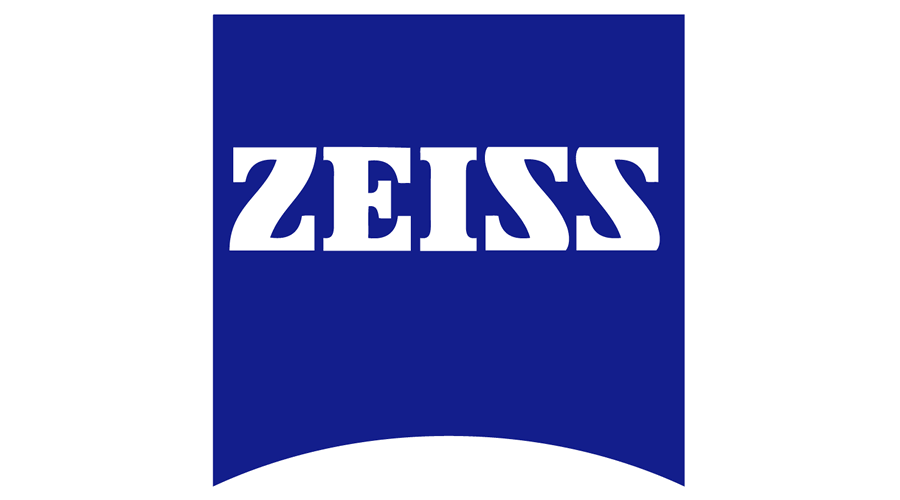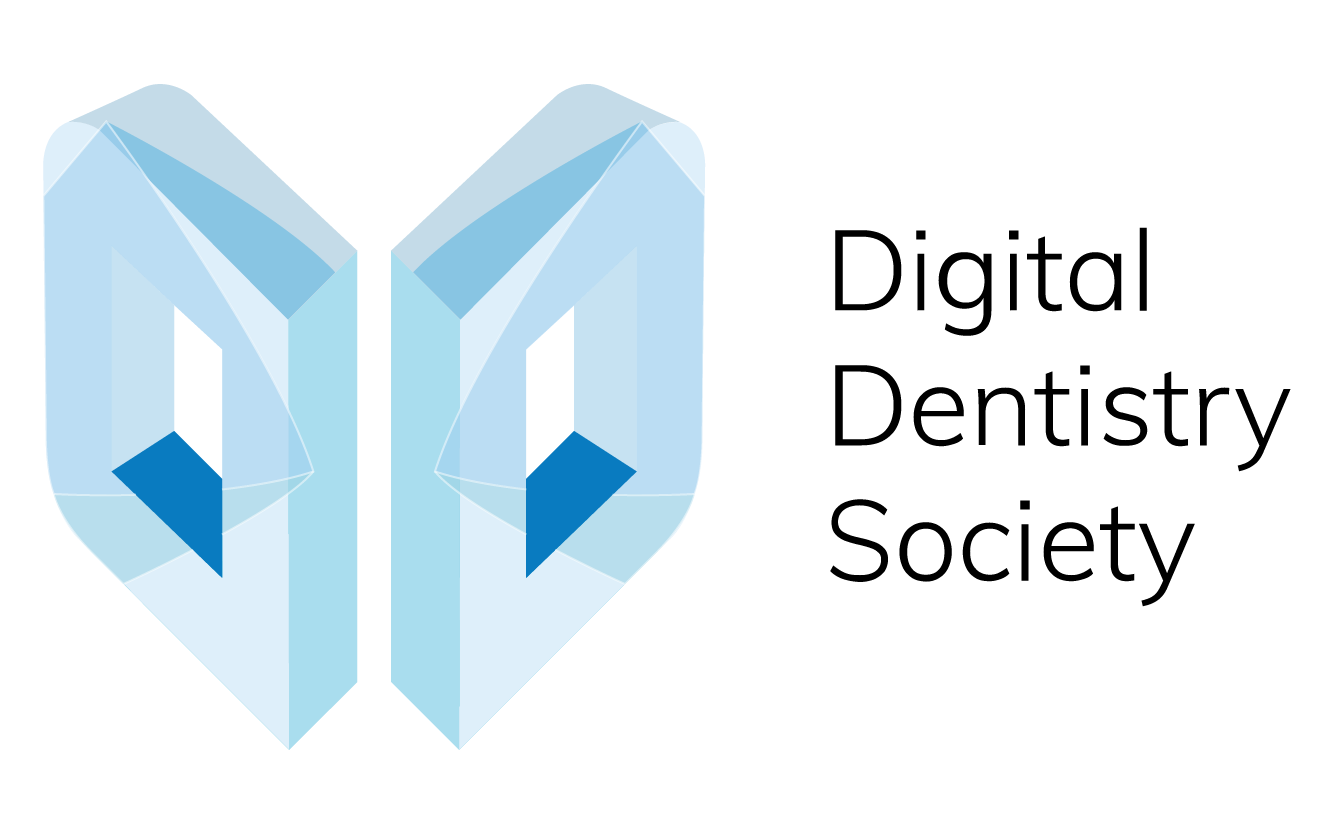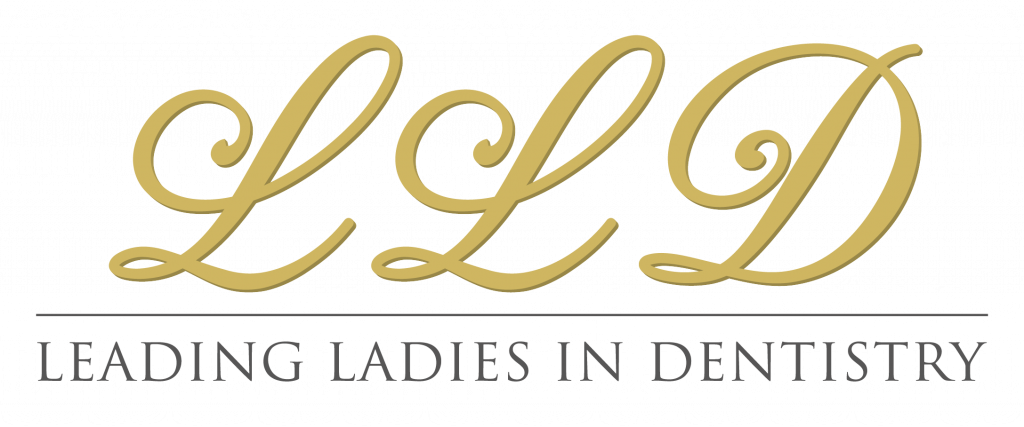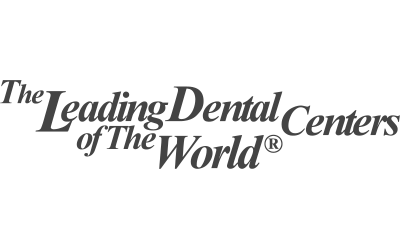Project Description
Orthodontics is a specialization that deals with the correction of dental misalignments, malocclusion problems, and alterations of the maxillary and mandibular bones. These conditions not only affect the aesthetics of the smile but can also cause functional disorders.
What Orthodontic Treatments Are Available?
At Polizzi Luongo Clinic in Verona, we use orthodontic aligners (also known as orthodontic masks or invisible braces) and traditional orthodontic treatments depending on the pre-existing and functional conditions of the patient.
Invisible Aligners:
Invisible aligners represent an aesthetically pleasing and discreet solution to correct mild to moderate dental misalignments and malocclusions. These devices are custom-made to fit the patient’s teeth perfectly and are made of innovative transparent materials, making them almost invisible when worn. The aligners are removable, facilitating teeth cleaning and oral hygiene during the treatment.
Fixed Orthodontic Appliances:
Fixed orthodontic appliances are the most traditional and commonly used in the treatment of misalignments and malocclusions. They consist of brackets (commonly known as braces) that are glued to the teeth and connected by a metal wire. By periodically adjusting the metal wire, the orthodontist guides the teeth into the correct position.
How Does the First Orthodontic Visit Work?
At Polizzi Luongo Clinic, the first orthodontic visit is a crucial appointment to carefully evaluate the patient’s dental structure, maxillary bones, and occlusion (the way the upper and lower teeth meet when the mouth is closed).
Reception and Medical History:
The visit begins with collecting the patient’s medical and dental history. The consultation with the orthodontist also serves to discuss any aesthetic or functional concerns the patient may have regarding their smile.
X-rays and Impressions:
For an accurate assessment, panoramic X-rays may be required. These images provide a detailed view of the bone structures, teeth, and their roots, helping to identify hidden problems not visible during the clinical examination. Subsequently, dental impressions are taken with an intraoral scanner, quickly and comfortably generating a 3D representation of the smile. This representation helps the orthodontist study the current position of the teeth and plan the orthodontic treatment.
Discussion of the Treatment Plan:
After completing the case study, the orthodontist discusses the available treatment options with the patient (or the parents if the patient is a minor). The types of orthodontic appliances suitable for the specific case, the approximate duration of the treatment, and the expected phases will be explained.
FAQ
With modern technologies, it is possible to align teeth at any age using less invasive, less painful, and more predictable systems.
An invisible orthodontic treatment consists of a series of clear aligners that must be worn by the patient and progressively changed until the end of the treatment.
ADVICES
Very often, misalignment of the teeth is not just an aesthetic problem but can also cause very painful conditions in other areas such as the neck, back, legs, etc. It is essential to consult a specialist who has close relationships with ENT specialists, orthopedists, osteopaths, and physiotherapists to perform a correct diagnosis and implement a multidisciplinary program.












